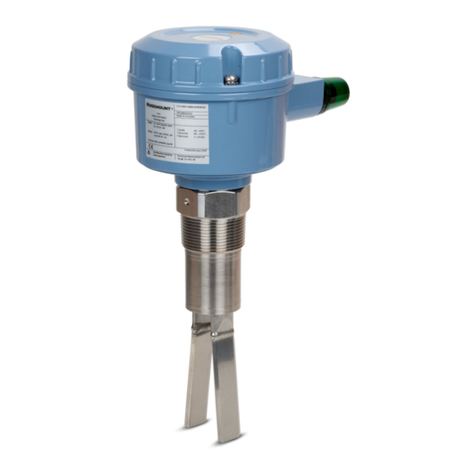Cisco LightStream 1010 Quick start guide
Other Cisco Switch manuals
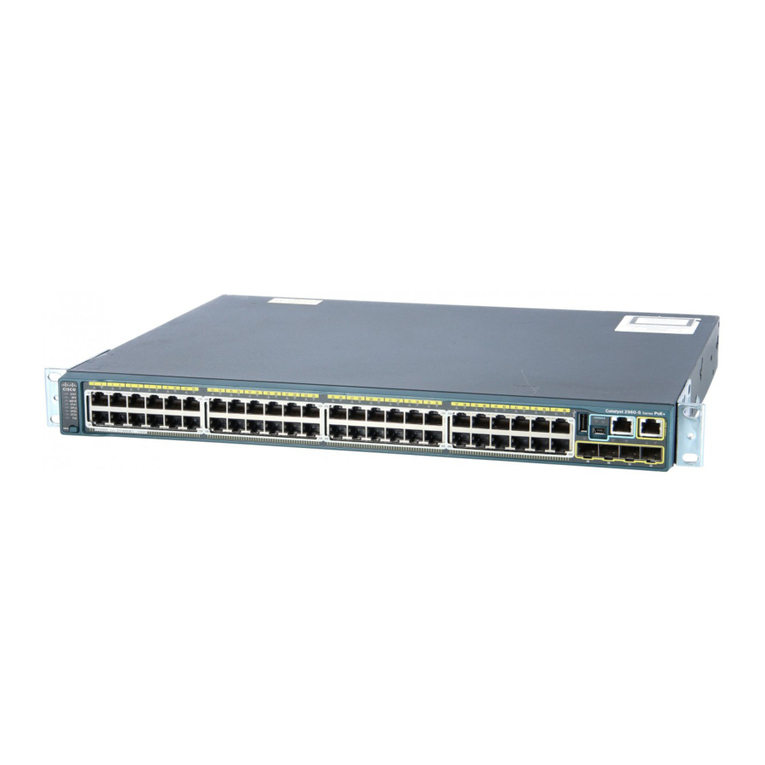
Cisco
Cisco Catalyst 2960 Series Manual
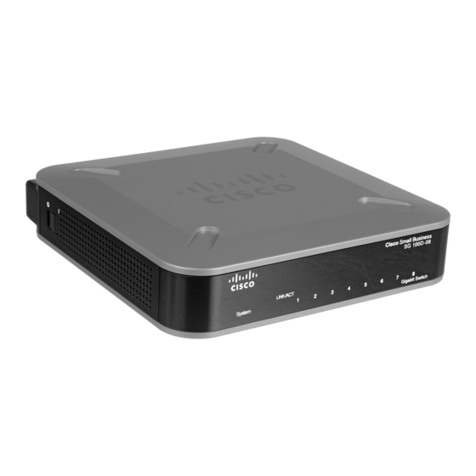
Cisco
Cisco SF 100D-05 User manual
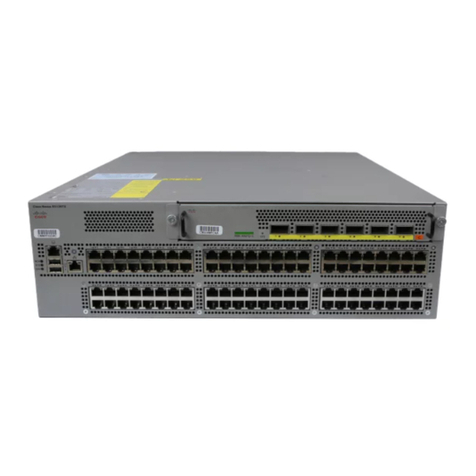
Cisco
Cisco Nexus 93128TX User manual

Cisco
Cisco Catalyst 3032 User manual
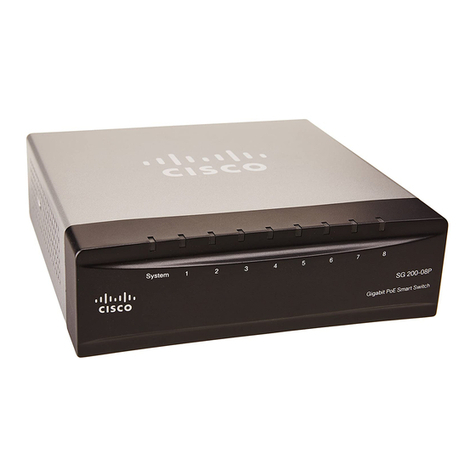
Cisco
Cisco SG200 Series Instruction Manual
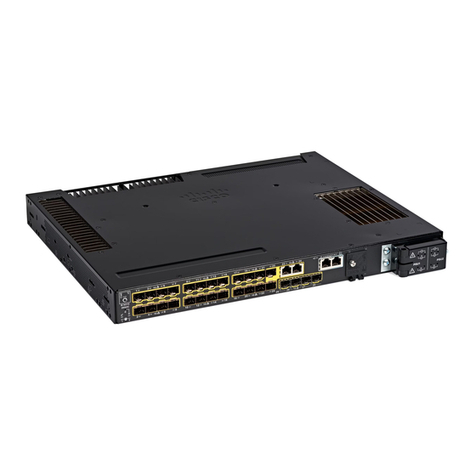
Cisco
Cisco Catalyst IE9300 Manual
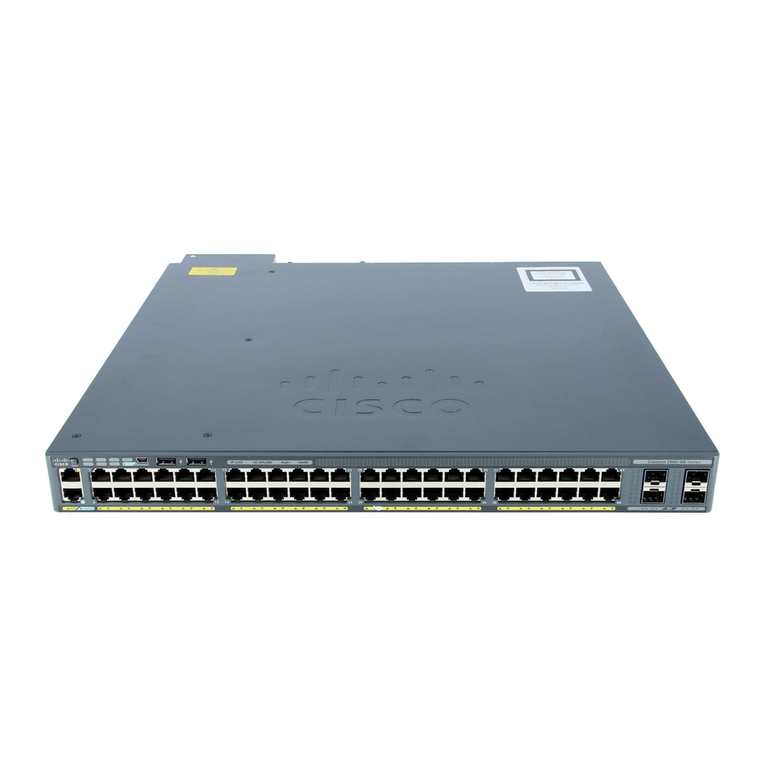
Cisco
Cisco Catalyst 2960-XR Service manual
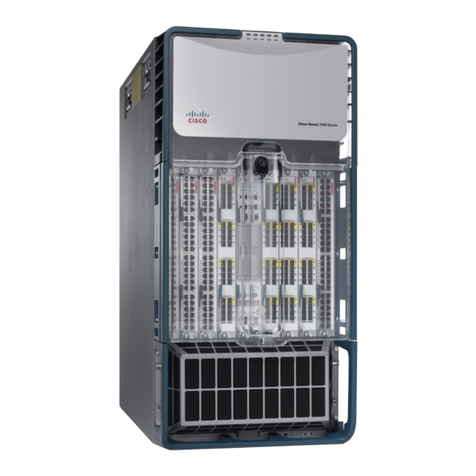
Cisco
Cisco Nexus 7000 Series User manual
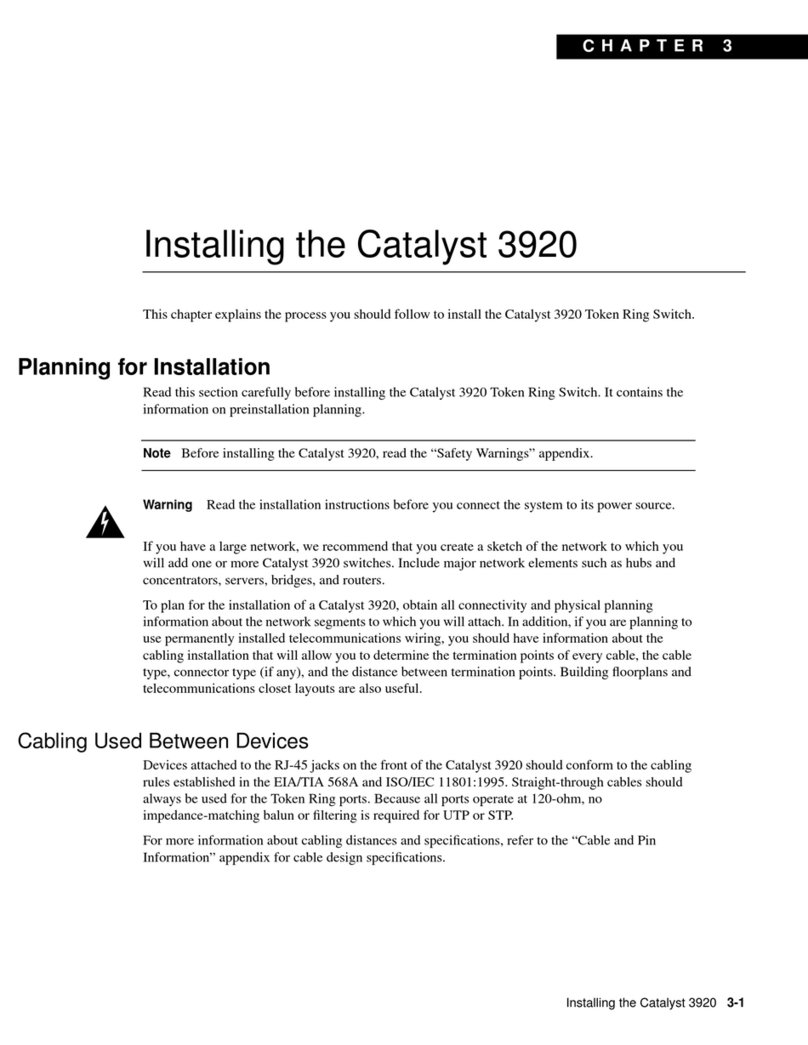
Cisco
Cisco Catalyst 3920 User manual

Cisco
Cisco 2975 - Catalyst LAN Base Switch Manual

Cisco
Cisco Nexus 9348GC-FX3 Manual

Cisco
Cisco Catalyst 3040 User manual
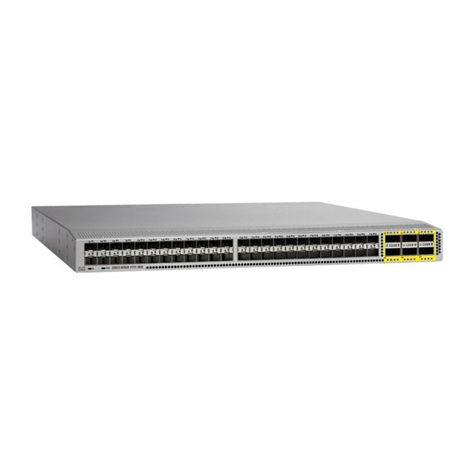
Cisco
Cisco Nexus 3000 series User manual
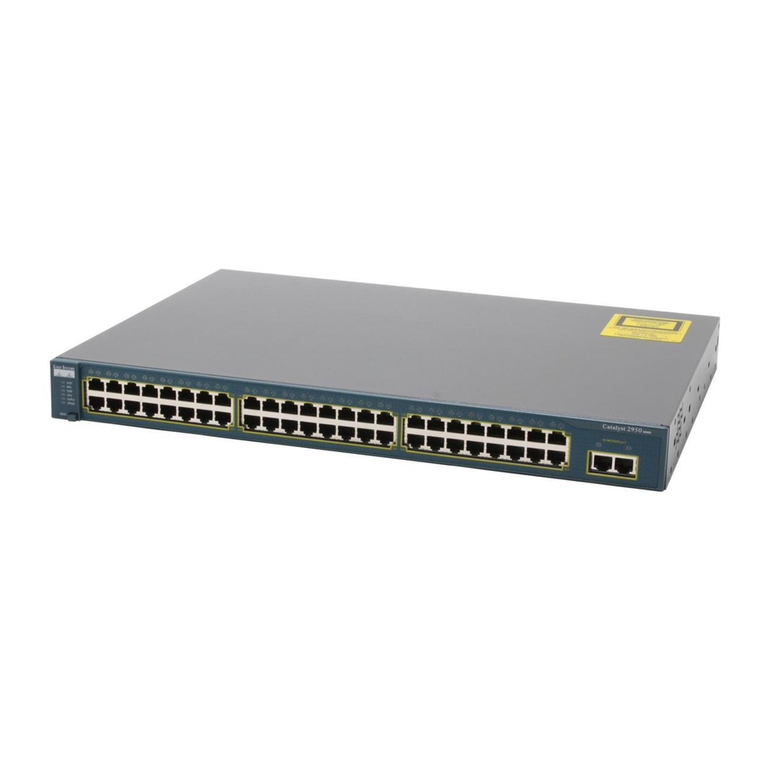
Cisco
Cisco WS-C2950T-48-SI Manual

Cisco
Cisco Nexus 9336C-FX2 Manual
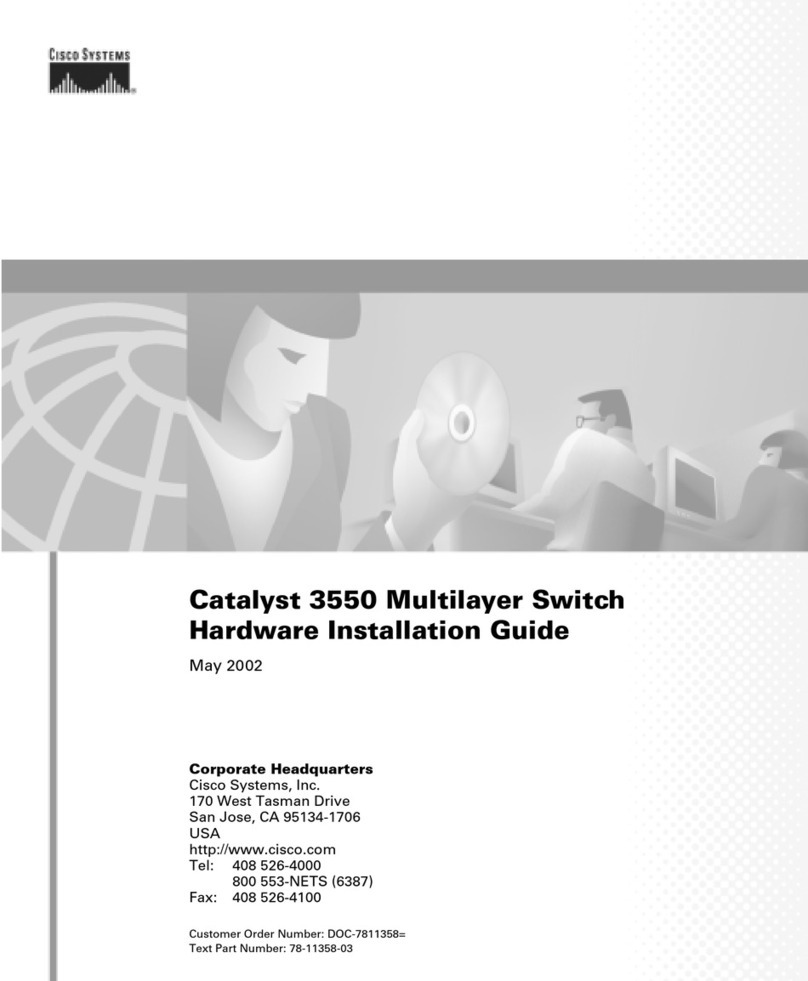
Cisco
Cisco Catalyst 3550 User manual
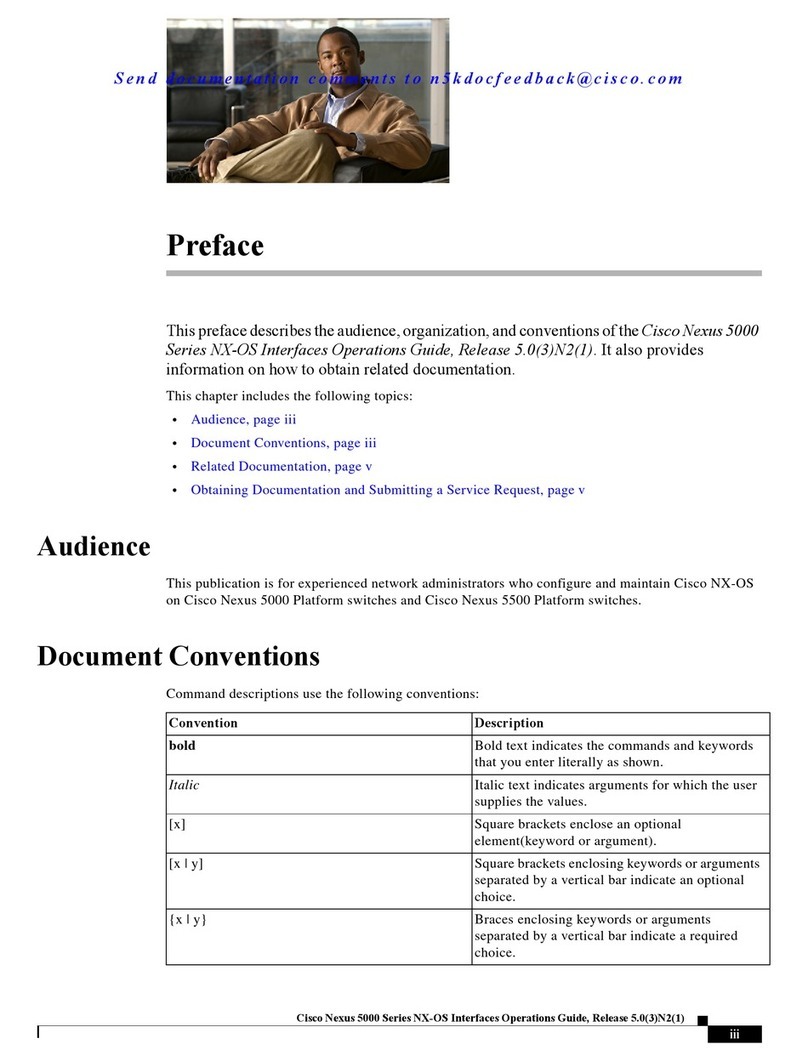
Cisco
Cisco Nexus 5000 Series User manual
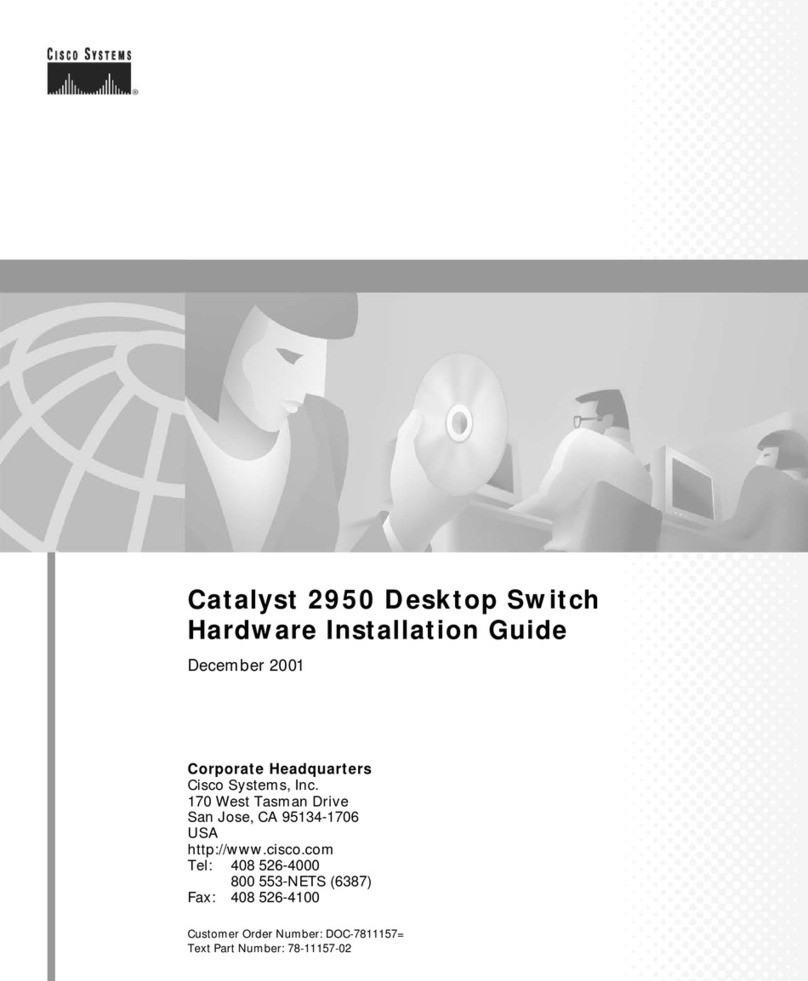
Cisco
Cisco WS-C2950-24 Manual
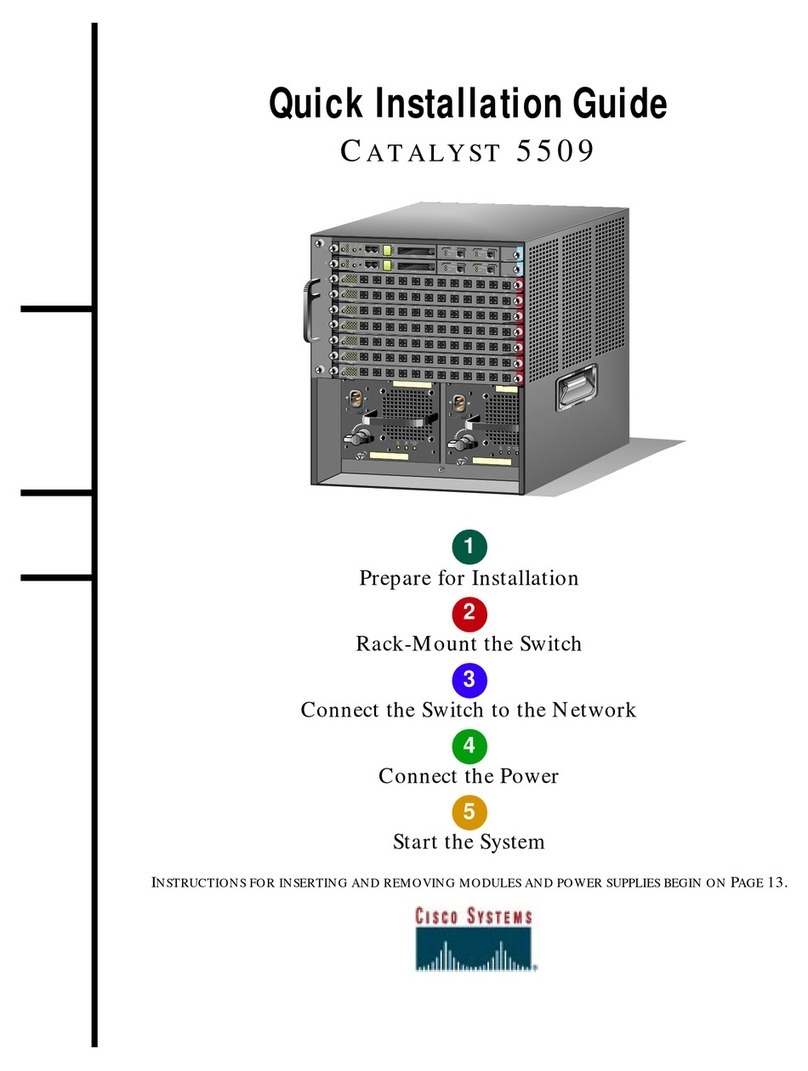
Cisco
Cisco 5509 - Catalyst Chassis Switch User manual

Cisco
Cisco Catalyst 2960-X User manual
Popular Switch manuals by other brands

SMC Networks
SMC Networks SMC6224M Technical specifications

Aeotec
Aeotec ZWA003-S operating manual

TRENDnet
TRENDnet TK-209i Quick installation guide

Planet
Planet FGSW-2022VHP user manual

Avocent
Avocent AutoView 2000 AV2000BC AV2000BC Installer/user guide

Moxa Technologies
Moxa Technologies PT-7728 Series user manual

Intos Electronic
Intos Electronic inLine 35392I operating instructions

Asante
Asante IntraCore IC3648 Specifications

Siemens
Siemens SIRIUS 3SE7310-1AE Series Original operating instructions

Edge-Core
Edge-Core DCS520 quick start guide

RGBLE
RGBLE S00203 user manual

Thrustmaster
Thrustmaster FLIGHT SIMULATOR X quick guide









